Smart Home Hacks for Energy Efficiency: Save Money & Go Green
Conquering Your Energy Bill: Smart Home Hacks for a Greener, Thriftier You
The allure of a smart home extends far beyond dimming lights with your voice or remotely preheating your oven. One of the most significant benefits of smart home technology is its potential to revolutionize your energy consumption, saving you money and reducing your environmental impact. Let's explore how smart tech can transform your home into an energy-efficient haven, without compromising on comfort or convenience.
The Smart Thermostat: Your Energy-Saving Hero
Traditional thermostats are a relic of the past. Smart thermostats, like the Nest Learning Thermostat or Ecobee Smart Thermostat, learn your routines and automatically adjust the temperature throughout the day. This means your home is only heated or cooled when you need it, eliminating unnecessary energy use. Here's how these smart thermostats save you money:
- Geofencing: Many smart thermostats use geofencing technology that automatically adjusts the temperature based on your phone's location. No more worrying about leaving the heat or air conditioning blasting while you're at work!
- Scheduling: Program your thermostat to adjust the temperature for different times of the day. For example, have it automatically lower the temperature at night when you're sleeping or raise it slightly before you wake up.
- Smart Learning: Some thermostats, like the Nest Learning Thermostat, actually learn your preferences over time and adjust the temperature accordingly. This eliminates the need for constant manual adjustments, ensuring optimal comfort and efficiency.
Beyond the Thermostat: Smart Plugs and Power Strips
Let's face it, many electronics continue to draw power even when not in use. Smart plugs, like those from TP-Link or Kasa, offer a simple solution. These plugs allow you to remotely control power to your devices, eliminating phantom energy drain.
Here are some ways to utilize smart plugs for energy savings:
- Standby Power Slayers: Use smart plugs to control devices that typically remain in standby mode, such as TVs, gaming consoles, and cable boxes. Simply program the plug to automatically turn off the power when these devices aren't in use.
- Lamp Control: Smart plugs can be used to control lamps, allowing you to turn them on or off remotely or set schedules. This eliminates the need to leave lights on unnecessarily, particularly in unoccupied rooms.
Smart Lighting for a Brighter, More Efficient Future
Smart lights, like those from Philips Hue or LIFX, offer a multitude of benefits beyond simply turning lights on or off with your voice. These bulbs are significantly more energy-efficient than traditional incandescent bulbs, and their smart features can further enhance energy savings:
- Dimming and Scheduling: Smart lights allow you to dim or brighten them remotely, creating mood lighting and reducing energy use. Additionally, you can program them to turn on automatically at sunset and turn off at sunrise, ensuring lights are never left on unintentionally.
- Motion Detection: Some smart lights can be programmed to turn on only when motion is detected, illuminating hallways or entryways only when necessary.
Smart Sprinklers for a Lush Lawn without the Waste
Maintaining a beautiful lawn can be a thirsty endeavor. Traditional sprinkler systems often rely on predetermined schedules, which can lead to overwatering, particularly during cooler months or on rainy days. Smart sprinkler systems, like those from Rachio or Rain Bird, address this issue by incorporating weather data and soil moisture sensors.
Here's how smart sprinklers promote water conservation:
- Weather-Based Adjustments: Smart sprinklers can automatically adjust watering schedules based on real-time weather data, ensuring your lawn receives the perfect amount of moisture, even during unexpected rain showers.
- Soil Moisture Monitoring: Some smart sprinkler systems include sensors that monitor soil moisture levels and adjust watering schedules accordingly. This eliminates the risk of overwatering, which can waste water and damage your lawn.
Building Your Energy-Efficient Smart Home
The beauty of smart home technology lies in its scalability. You don't need to invest in a complete smart home system all at once. Start with a few key devices that address your specific energy concerns. Perhaps a smart thermostat is your biggest energy drain, or maybe you're tired of leaving lights on in unoccupied rooms. Tailor your smart home setup to your needs and budget.
Here are some additional tips for maximizing energy savings with smart home technology:
- Monitor Your Usage: Many smart home apps and devices provide detailed energy usage data. This data can be a valuable tool in identifying areas where you can further reduce your energy consumption.
- Unplug Unused Electronics: Even smart plugs can't eliminate standby power draw entirely. For devices you rarely use, consider unplugging them completely from the outlet.
- Embrace Natural Light: Take advantage of natural sun lighting up your new smart home.




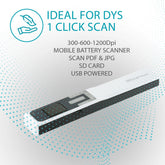
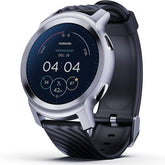
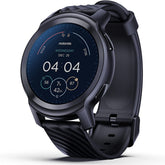






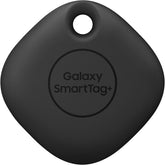
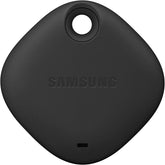




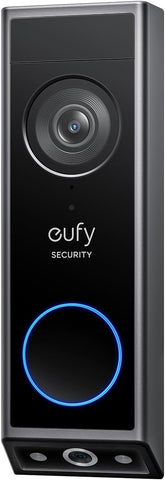

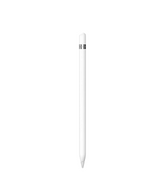

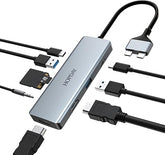
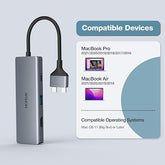
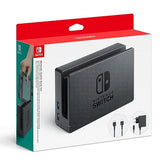
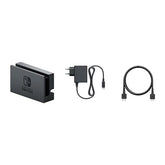
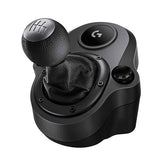
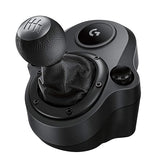


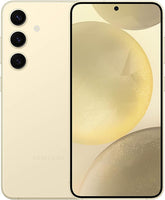

![["B0B1L87TMY"]](http://smarttechshopping.com/cdn/shop/products/7110BNil-dL._AC_SL1500_165x.jpg?v=1695449139)
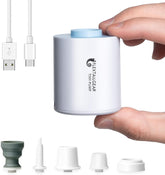
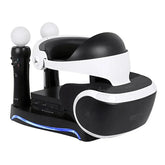





Leave a comment
Please note, comments need to be approved before they are published.